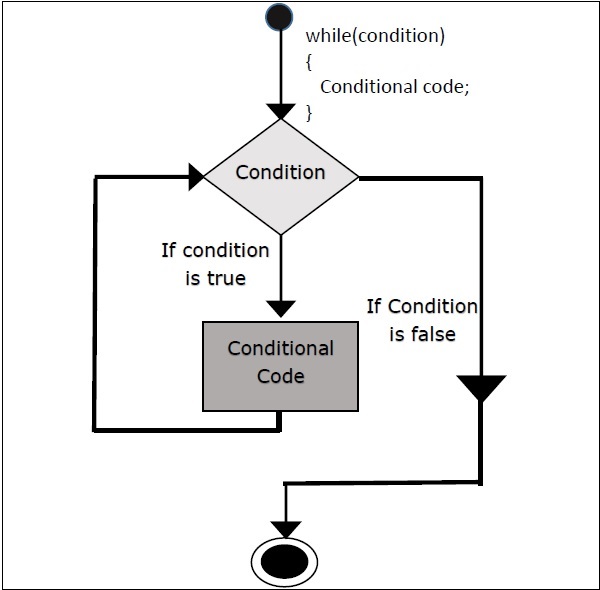
For Loop In R Language Example Code That Are
They allow you to automate parts of your code that are in need of repetition. On the preceding pages we have tried to introduce the basics of the R language - but have managed to avoid anything you might need to actually write your own program: things like if statements, loops, and writing functions.Conceptually, a loop is a way to repeat a sequence of instructions under certain conditions. You probably won't need this information for your assignments. Purrr enhances Rs functional programming (FP) toolkit by providing a complete and consistent set of tools for working with functions and vectors.An introduction to programming in R using the Fibonacci numbers as an example. It is aimed at beginners, and if you’re not yet familiar with the basic syntax of the R language we recommend you to first have a look at this introductory R tutorial.Overview. In the last video we saw that in R loops iterate over a series of values in a vector or other list like object When we use that value directly this is called looping by value But there is another way to loop, which is called looping by index Looping by index loops over a list of integer index values, typically starting at 1In this tutorial we will have a look at how you can write a basic for loop in R.

For example, solutions that make use of loops are less efficient than vectorized solutions that make use of apply functions, such as lapply and sapply. Simply put, this allows for much faster calculations. Why? Well, that’s because R supports vectorization. When surfing on the web you’ll often read that one should avoid making use of loops in R. Before you dive into writing loops in R, there is one important thing you should know. To explore what’s going on in greater.
For Loop In R Language Example How To Write Them
Writing a simple for loop in RWith each iteration of the FOR LOOP statement, its statements run, its index is either incremented or decremented. If you want to learn more on the concepts of vectorization in R, this is a good read. Nevertheless, as a beginner in R, it is good to have a basic understanding of loops and how to write them.
This violates the DRY principle, known in every programming language: Don’t Repeat Yourself, at all cost. You can do this as follows: print(paste("The year is", 2010))You immediately see this is rather tedious: you repeat the same code chunk over and over. Suppose you want to do several printouts of the following form: The year is where is equal to 2010, 2011, up to 2015.


 0 kommentar(er)
0 kommentar(er)
